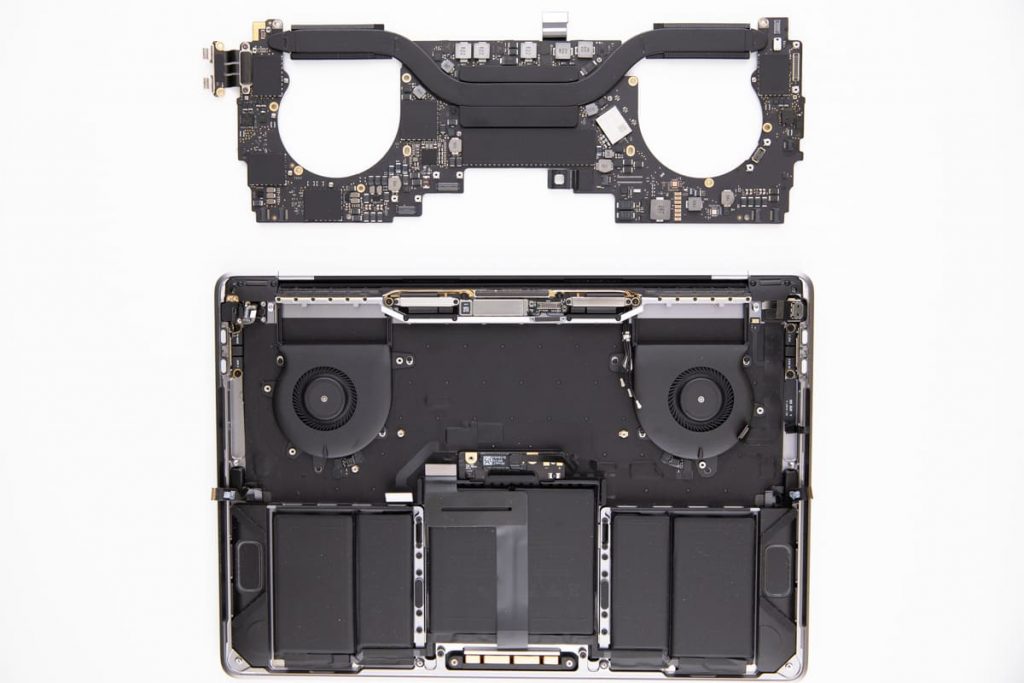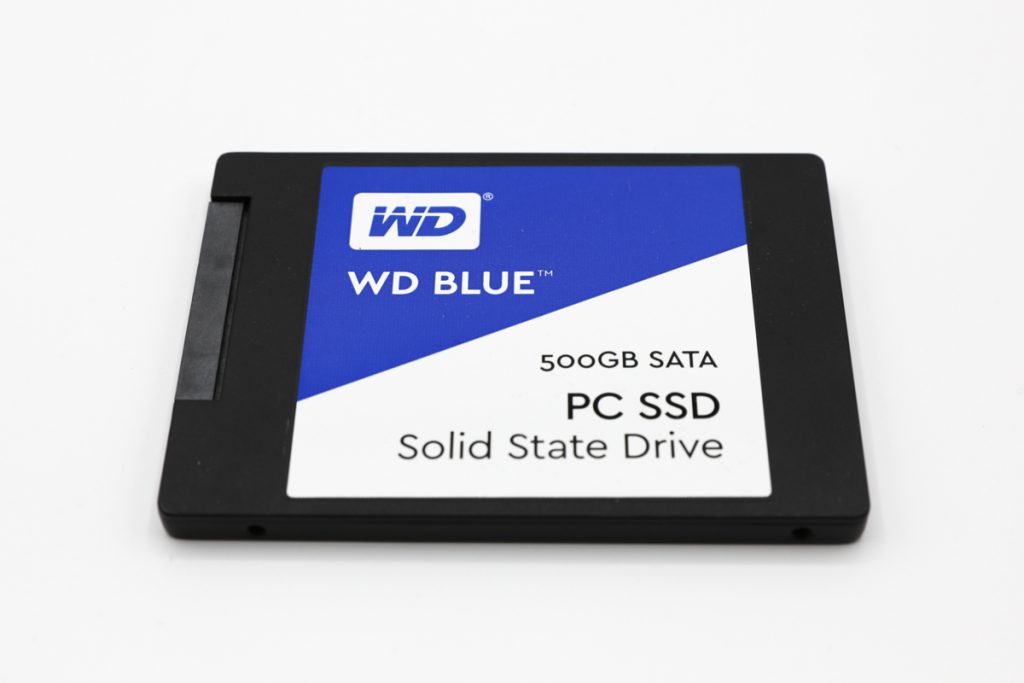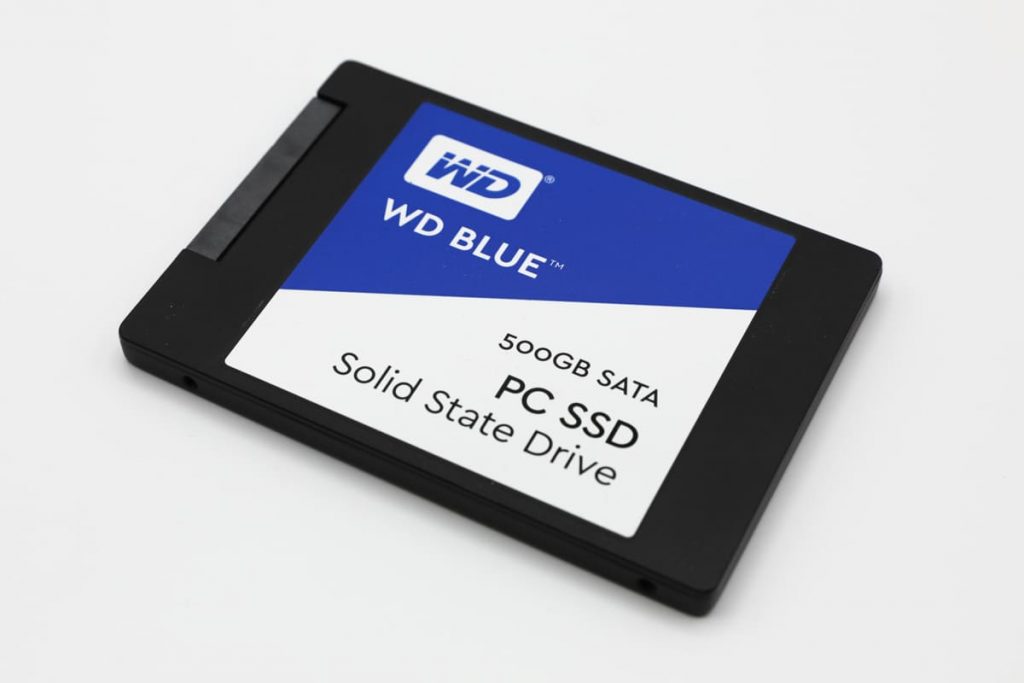In this blog post, we will discuss how our technicians recovered a failed WD Blue SSD from a customer’s Macbook. Our technicians are experts in data recovery and have successfully recovered countless files from various types of storage devices.
Our customer had been using their WD Blue SSD for several years without any issues until, one day, it was unable to access his files. He received an error message stating that the drive was corrupted and could not be read.
Let’s learn more about what happened and how we were able to retrieve the data.
Evaluation of WD Blue Internal SSD
Recently, we got a call from one of our clients, who was in a state of panic. His old MacBook SSD suddenly stopped responding and he had lost all his important data. He had tried various DIY methods to recover the data but to no avail. That’s when he turned to us, for help.
During the consultation with our customer services representative, he requested an emergency recovery solution. This service is made for clients who urgently need their data back to decrease downtime.

Our team of experts received the failed WD Blue SSD and started the diagnostics immediately. The evaluation showed that the SSD’s firmware was damaged due to high overloading.
In case of SSD hardware failures, data recovery can be performed either by unsoldering the microchips or bringing the drive to the technological regime. In the client’s case, our data recovery experts decided to unsolder the NAND memory chips and build a virtual translator. After receiving approval from the customer, our technician started the data recovery.
"*" indicates required fields
Recovery Process of WD Blue SSD
The engineer began the data recovery process by unsoldering the memory chips. He used a hot air soldering station with additional heating. The expert at this stage particularly paid attention to thermal control and high-quality fluxes. It was done to prevent overheating and the formation of parasitic contacts.
NAND flash memory microcircuits are produced in different packages, and for a particular microcircuit, the programmer may not include the necessary adapter. For such cases, our engineers use universal adapters for desoldering. The technicians use thin wires and soldering iron to connect the necessary contacts to the corresponding ones of the microcircuit. Then the specialist read the microchips with data extraction hardware using appropriate adapters.
The next step was the analysis of the transformation and assembly of the drive image. Our engineers perform this process approximately according to the same algorithms as for any flash drive SSD, USB flash, or memory card. The exceptions are that the number of NAND chips is much larger and more complex conversion algorithms due to increased SSD performance.
WD Blue Virtual Translator Building
Our specialist connected the media storage device via SATA interface to our data recovery hardware complex. The solid-state drive was transferred to the technological mode required to work with the SSD software. Our hardware tools support a wide variety of SSD models and translation options.
Then the expert proceeded with building the virtual translator with the subsequent sector-by-sector copy in the data extractor tool.

Virtual translation of the content of SSD memory chips was designed to transfer the decrypted files that were necessary to build the virtual image.
Conclusion
The process was successfully finished, and we recovered 98% of all data. The customer reviewed the data recovery results and approved them. We sent his data back on a new solid-state drive.
Call our customer service line, or fill out the form to start your data recovery case right away. Our highly experienced and qualified engineers will take care of your device and efficiently recover all your crucial data from an SSD.
Frequently Asked Questions
Can data be recovered from a damaged MacBook Pro WD Blue SSD?
Yes, data recovery from a damaged MacBook Pro WD Blue SSD is possible, but it depends on the nature and extent of the damage. Professional data recovery services may employ specialized techniques and tools to recover data from damaged SSDs, including those used in MacBook Pro laptops.
What are the common causes of MacBook Pro WD Blue SSD damage?
MacBook Pro WD Blue SSDs can be damaged due to various reasons, including:
a) Physical damage: Drops, impacts, or mishandling of the MacBook Pro can cause physical damage to the SSD.
b) Electrical issues: Power surges or electrical faults can damage the SSD’s circuitry and result in data loss.
c) Firmware corruption: Problems with the SSD’s firmware can lead to data corruption or inaccessibility.
d) Logical issues: File system corruption, software errors, or accidental formatting can cause data loss on the SSD.
Can I recover data from a damaged MacBook Pro WD Blue SSD on my own?
Recovering data from a damaged MacBook Pro WD Blue SSD on your own is not recommended unless you have advanced technical knowledge and experience in SSD data recovery. Opening the SSD or attempting DIY repairs can further damage the drive and decrease the chances of successful data recovery. It is best to consult a professional data recovery service for assistance.
How long does MacBook Pro WD Blue SSD data recovery typically take?
The duration of MacBook Pro WD Blue SSD data recovery can vary depending on factors such as the extent of damage, the size of the SSD, the complexity of the recovery process, and the workload of the data recovery service. Simple recoveries may be completed within a few days, while complex cases could take longer.
How can I prevent data loss from a damaged MacBook Pro WD Blue SSD in the future?
To minimize the risk of data loss from a damaged MacBook Pro WD Blue SSD, consider the following preventive measures:
a) Regular backups: Back up your important data regularly on separate storage devices or cloud services.
b) Handle with care: Avoid subjecting your MacBook Pro to physical shocks or drops that could damage the internal components, including the SSD.
c) Protect against power issues: Use a reliable surge protector or uninterruptible power supply (UPS) to protect your MacBook Pro from power surges or electrical faults.
d) Keep software up to date: Keep your MacBook Pro’s operating system and firmware updated to minimize the risk of software-related issues that could affect the SSD.
